Many residents of New England believe that when it comes to climate, New England has it all, including wet and dry and hot and cold air streams, producing a diverse pattern of climate variations from the mountains to the shorelines of the east. Cold wet winters, and hot humid summers are typically the norm.
Condominium and homeowner associations typically find landscaping and lawn maintenance expenses are second only to insurance costs; fortunately, the benefits of a thriving landscape continue to outweigh the expense. Property value, real and perceived, is enhanced by an attractive landscape and residents tend to take more pride in their homes. Additionally, a well manicured landscape is an added benefit when units are placed on the market.
Going Native
When landscaping is the question, a professional is the best answer. The most common advice is to start with native plants, and add seasonal and decorative plants, grasses, and trees to achieve the desired effect. In New England, plants that adapt to diverse weather changes are an obvious choice.
“Plants that are considered ‘hardy’ work best in a New England environment,” says Kevin M. Cryan, president of Cryan Landscaping in Seekonk, Massachusetts. “The way to tell is to see what plant zone you are in from the United States Department of Agriculture (USDA) plant hardiness zone. For example metro Boston is 6a, south Boston is 6b, then Cape Cod & South Coast is 7a–very different areas–Worcester, Massachusetts is 4b.”
No matter which region you call home, residents appreciate the fact that landscaping is important to a community’s appeal. Value, real and perceived, like morale, is affected by the overall first impression of a cultivated, colorful landscape. Establishing and maintaining an attractive design in the variable New England climate is a challenge probably best left to the lawn and garden professionals.
“What we’re seeing is a lot less grass areas and more perennial and shrub areas,” says Lee Ganim, owner of Ganim’s Garden City and Florist in Fairfield, Connecticut. “People don’t want to have the high maintenance factor of a weekly cutting service versus a monthly maintenance service for perennials. Shrubs don’t take as much maintenance, plus it’s healthier for the environment because it is giving off a lot of oxygen, so it all works together.”
Professional Advice
Besides choosing the correct plants, ongoing care and maintenance are essential parts of the entire landscape package. Wear and tear associated with a location such as car exhaust and foot traffic goes into choosing plants.
Adam Kestin is senior vice president at USI Landscape and Design in Union, New Jersey. He has twenty years of experience in the landscape design business and has worked for USI for a dozen years. A team approach is used to provide streamlined and efficient ‘one stop’ shopping for USI clients in New England and across the country. They provide services in more than 30 states and operate with a staff over 5,000.
Kestin explains the importance of light, soil and water in determining the perfect landscape design for a property. Kestin pays close attention to hazards that can cause damage to an otherwise perfect landscape design for property. Another destructive force to be reckoned with is pets. “Dogs can be deadly,” says Kestin.
Experts agree that walking dogs in an area set up for that purpose and extra watering to dilute the urine can help cut down on lawn damage. Maintaining a good, fertile soil level and mowing at a higher level can also reduce damage from pet waste. One species of plant that can survive dog waste is Osmanthus, a variety of Holly.
“All choices go toward the hardiness of the plan—what conditions are present and what are the tolerations of plants that are best suited as well as turf,” says Cryan. “After that, the maintenance plan needs to be planned to accommodate what is expected and this needs to be communicated with the landscape management professional. Sites should have detailed bid specifications explaining scope of work as well as expectations. Many times this is not done. I see many cookie cutter bid specifications that do not give an indication as to what the expectations are and the customer, property manager and the contractor is caught short. Budgets for landscape are the biggest factor in the landscape. If you have beautiful plants but you do not allocate the right to the management of the site, then it is not maintained correctly and can quickly fall into decline.”
Snow and the salt used to remove it can also play havoc with plants; a good design will take those elements into consideration. “There are plants suited for seashores—it comes down to the right plant, and right place,” says Cryan. “The American Horticultural Society has a book called ‘Plants For Places.’ It’s 1,000 tried and tested plants for every site, soil and usage—a reference guide like this or a trusted nursery, horticulture or landscape person is a must.”
There are salt-tolerant plants, like Ivy Geraniums, and Bar Harbor Junipers, and salt-tolerant trees like Norway Maples and Eastern Red Cedars. A professional will know how to achieve the look your board prefers with plants that are up to the climate and traffic challenges unique to your property.
“A site plan is extremely important; it’s like a blue print,” says Ganim. “Landscape architects go out and measure an area to assess how many plants are going to go in that particular area. What characteristics are required for sun and shade and height characteristics for windows, doors and screening areas.”
A Balancing Act
Many professionals prefer mixing in flowering shrubs and low maintenance perennials to provide color in the summer months.
Kestin favors Boxwoods, Arborvitaes, and Barberry shrubs as hearty and foundation shrubs, and often reaches for pots and containers for annuals and seasonal plants, like Hibiscus. Pots and containers can be brought indoors to protect and extend the life of a seasonal plant. Evergreens can usually weather the severe winter storms.
“Wrong plants can cause a lot of replacements, pruning and hassle, which costs a lot of money,” warns Cryan, and is more of a reason to get a plan prior to starting the project. “It may not have to be an expensive computerized plan, which is nice, but a simple design sketch or detailed proposal detailing plantings proposed or using an experienced professional will ensure you get the right plant.”
“The biggest consideration is what the exposure factor is,” says Ganim. “There are some plants that do very well in the sun and some that do very well in the shade and they don’t cross over sometimes.”
On a Final Note
It is highly recommend for an association board to discuss pet-walk areas in the planning stages with a landscape professional. Heavily traveled areas, parking lots, and other challenging spots like proximity to swimming pools, and ocean salt spray also need to be discussed.
For trustees or board members interested in researching expert advice and information, the Massachusetts Horticultural Society, www.masshort.com, provides unbiased, research-based information on ways to successfully meet today’s gardening challenges using environmentally sound and effective methods are available. A little knowledge can help save time and money before you call in a professional.
“Landscaping is about aesthetics and that’s important,” says Ganim. “Its’ curb appeal and it brings up the value of a property. For every $1,000 landscaping you put in, you will probably receive five to ten thousand dollars more per sale.”
“Landscape is the first impression – it greatly increases curb appeal as many reports indicate,” says Cryan. “Resale value and general wellness are also added benefits. If the landscape is maintained and inviting you will use it — whether it is a walk or a stroll through a garden to help clear your mind, or an afternoon break on a park bench. The landscape can be soothing, especially in today’s hypersensitive environment. Unplugging in nature has its advantages.”
Anne Childers is a freelance writer and a frequent contributor to New England Condominium. Staff writer Christy Smith-Sloman contributed to this article.



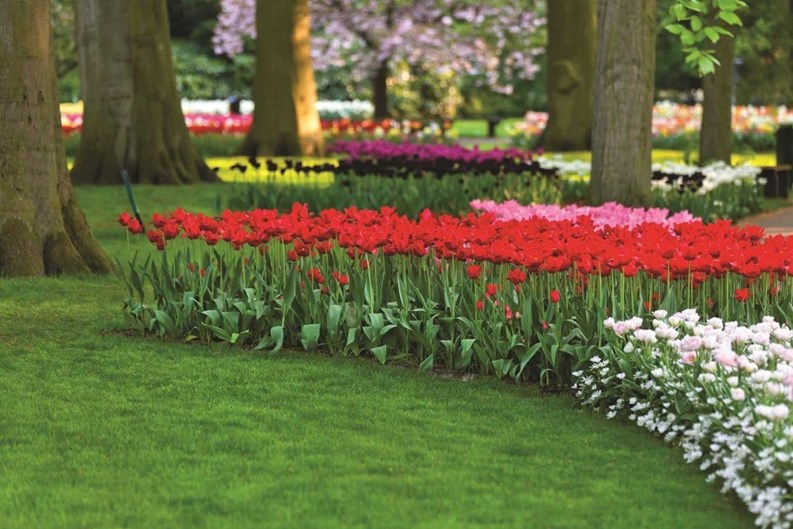


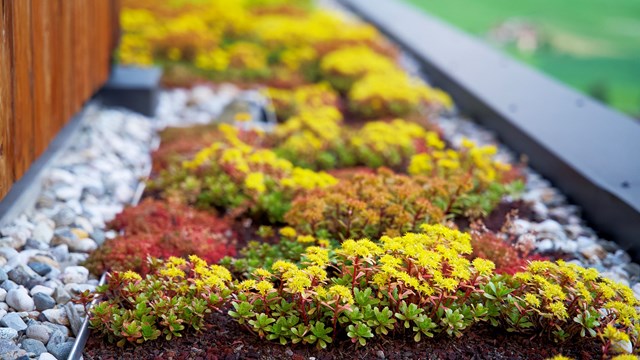
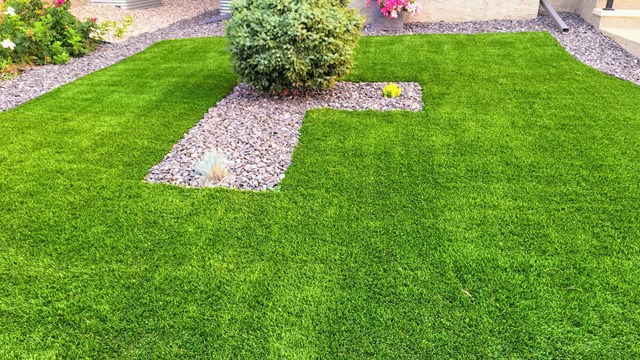
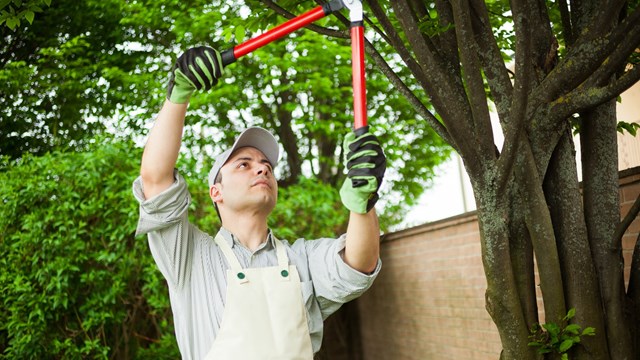
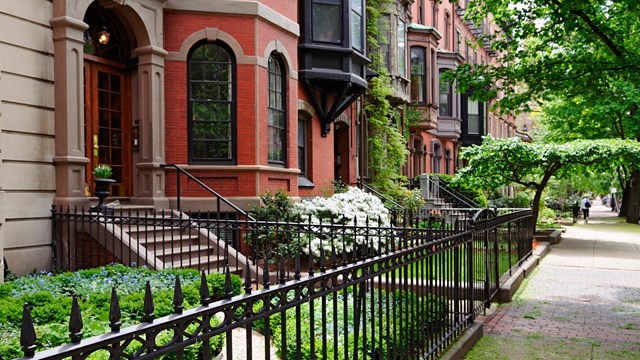
Leave a Comment